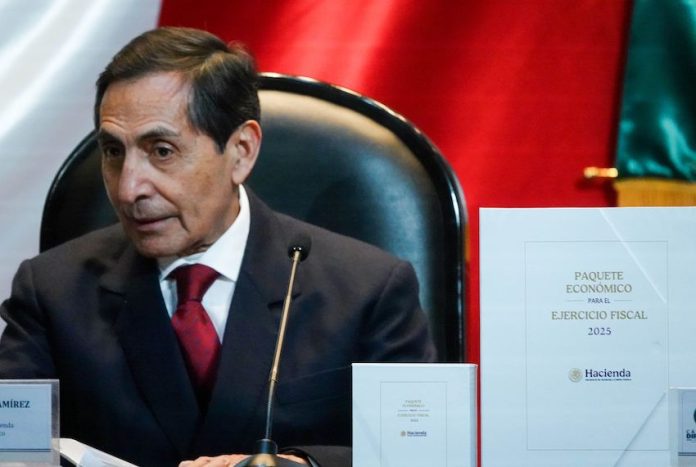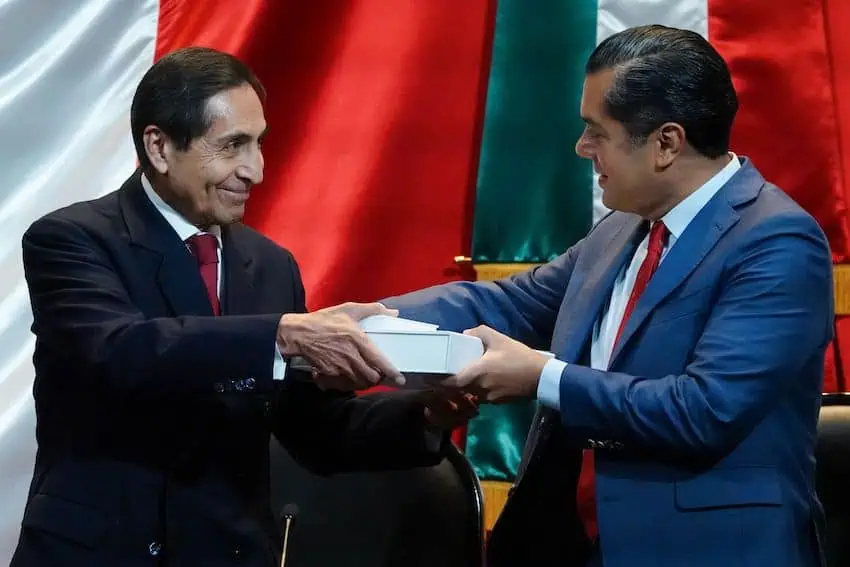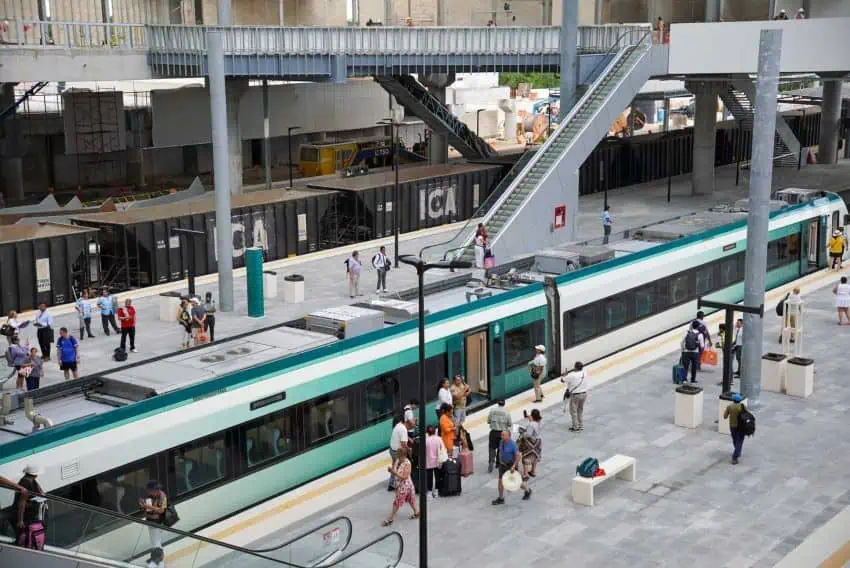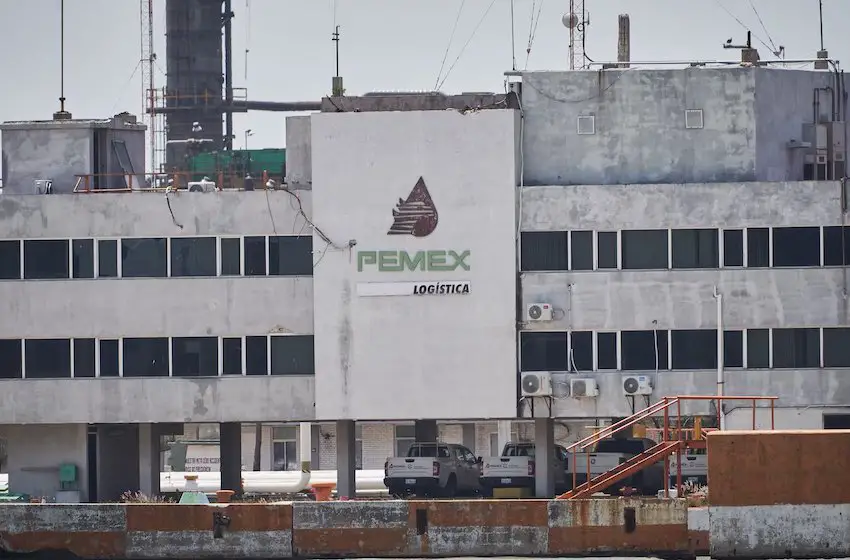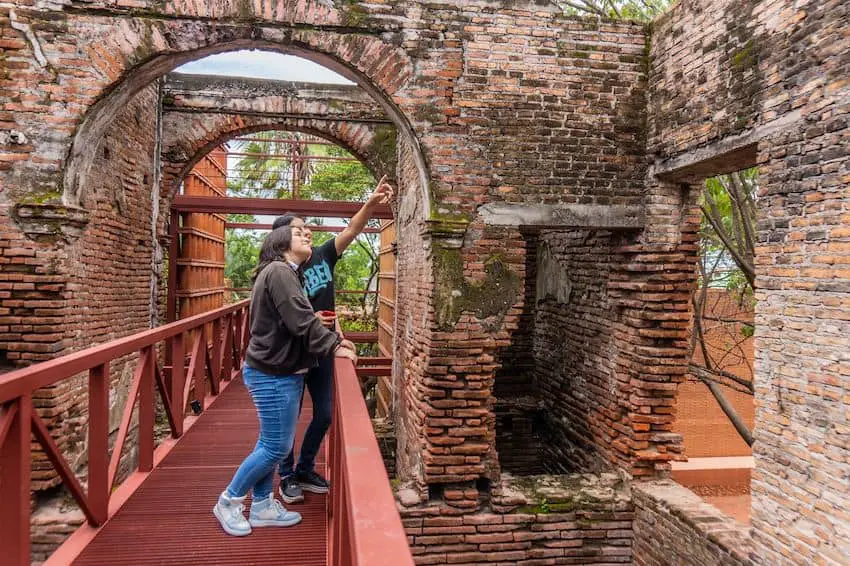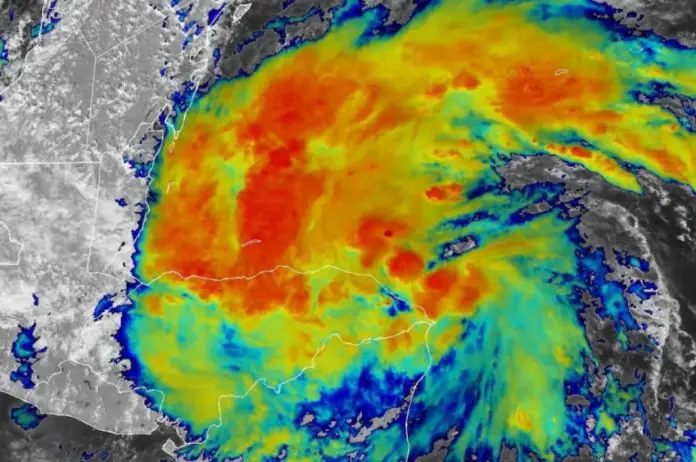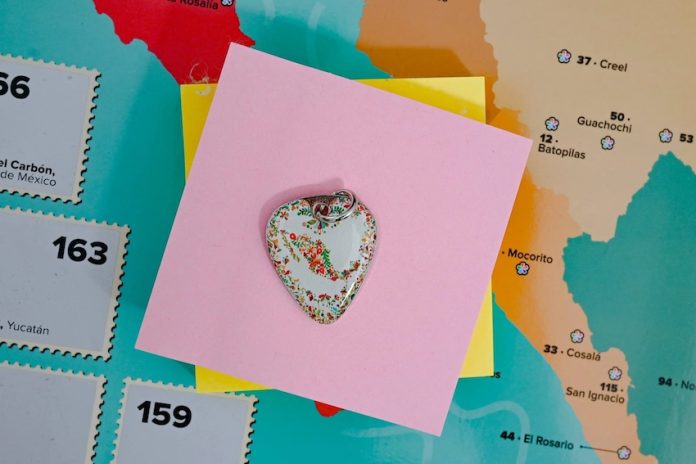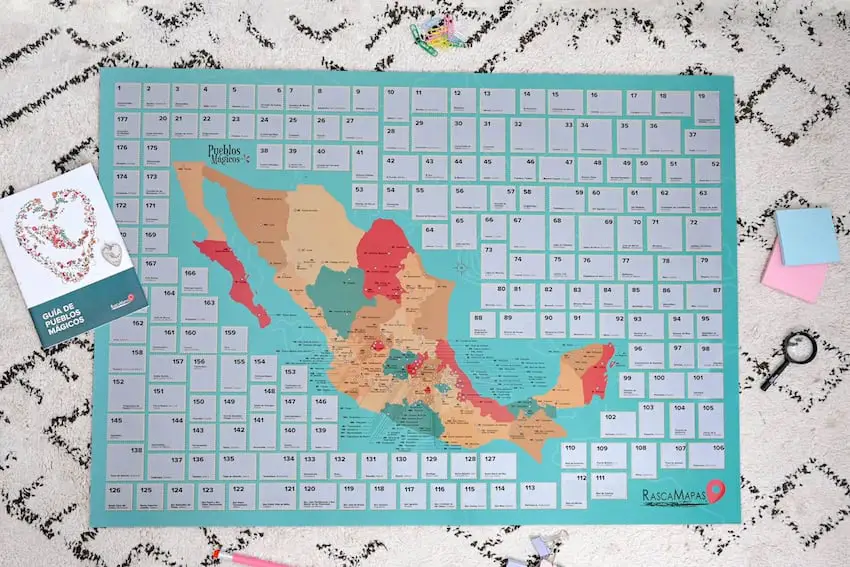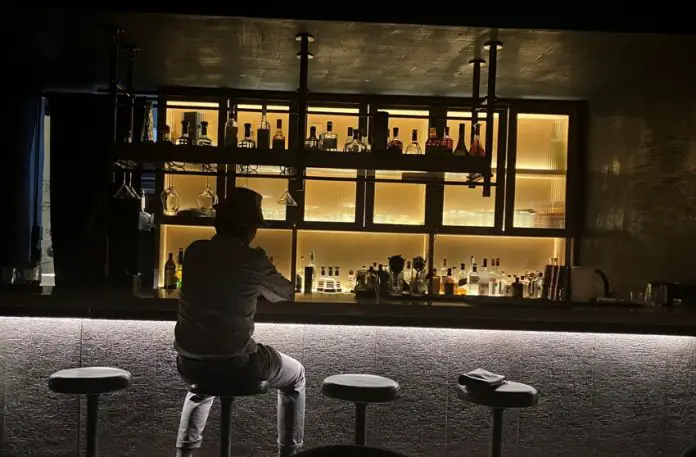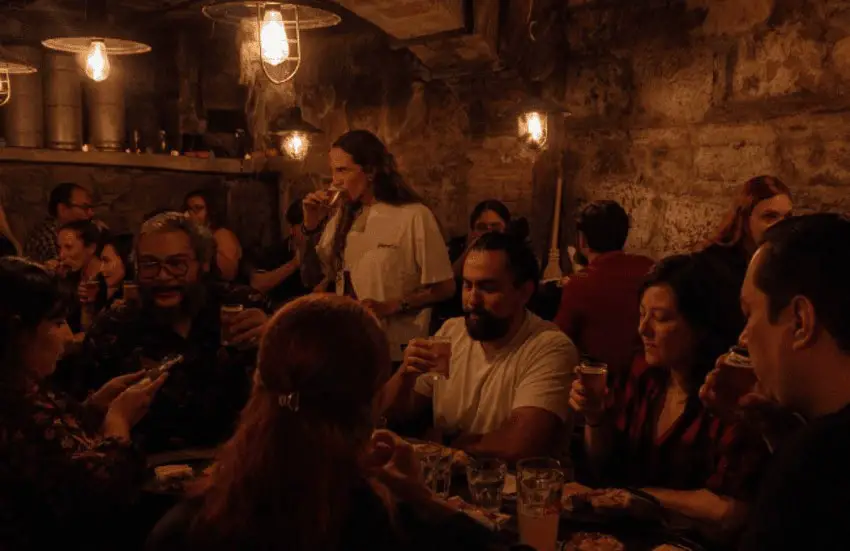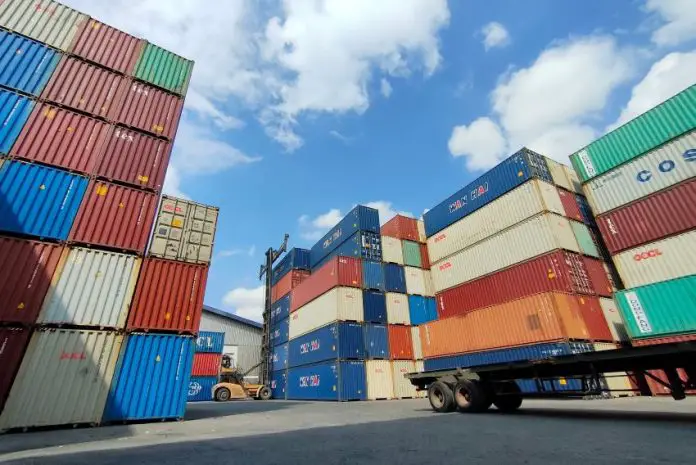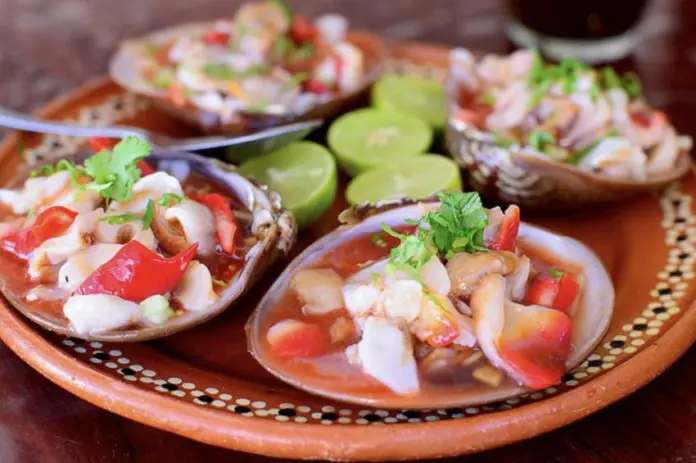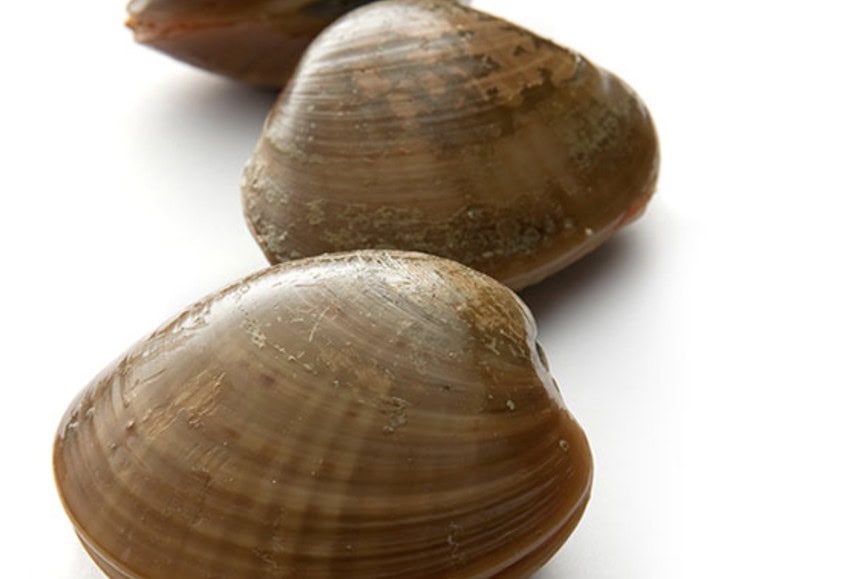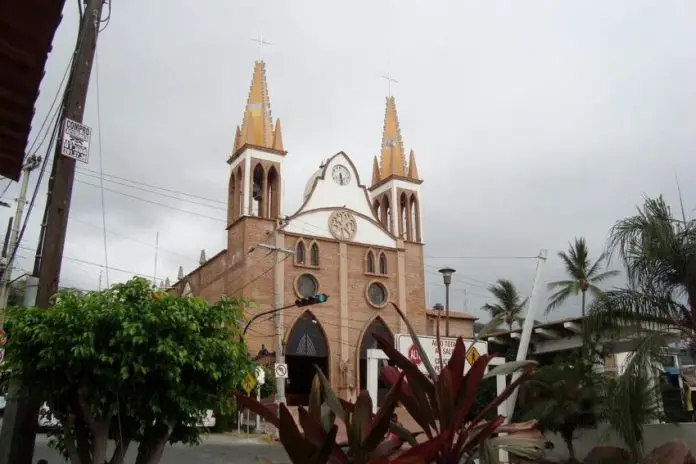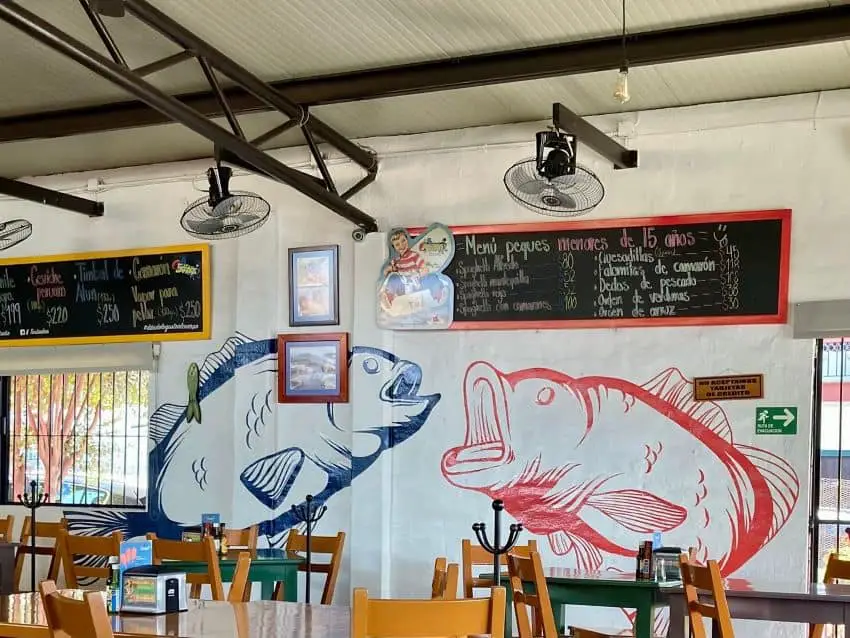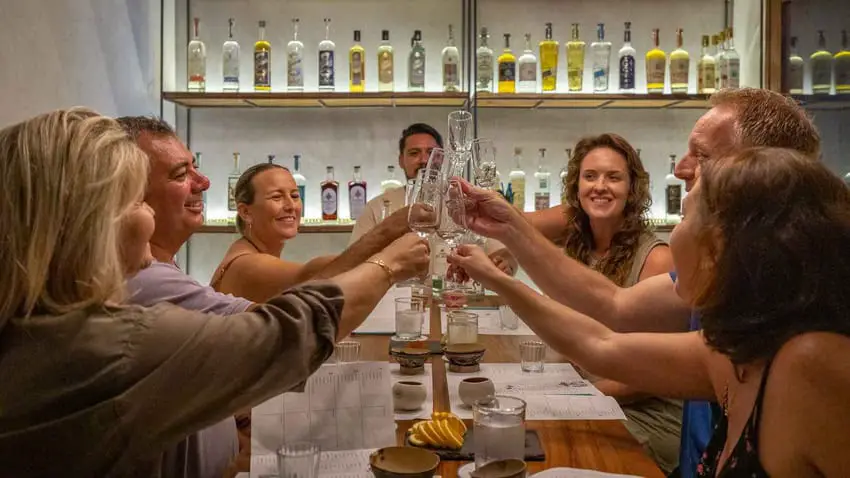Ella Bucio cemented her status as one of the best parkour athletes in the world with a gold and a silver at the FIG Parkour World Championships in Japan over the weekend.
The 27-year-old native of Mexico City won the gold in the speed competition, in which athletes try to complete an obstacle course in the shortest time possible. The course requires climbing, running, jumping, vaulting, swinging, walking on all fours and other types of movement.

On a course that featured two imposing, near-vertical walls near the halfway mark, Bucio won on Saturday with a time of 38.28 seconds, with Audrey Johnson of the United States taking second place (38.62) and Swede Miranda Tibbling in third (39.55). Bucio served notice from the start, posting the fastest qualifying mark among 28 competitors.
Bucio also returned home with a silver medal in freestyle, in which the goal is to show originality, skill and creativity.
In the first-ever Parkour World Championships two years ago in Tokyo, Bucio won the freestyle gold, a feat she duplicated at the 2023 World Cup in Montpellier, France.
Run under the auspices of the International Gymnastics Federation (FIG), the three-day competition in Kitakyushu, Japan, was plagued by rain. Three out of eight finals ended up being canceled.
“It was quite exhausting both physically and mentally because of the schedule changes due to the weather and not knowing whether we would compete or not,” Bucio said in a press release published by CONADE, Mexico’s National Commission for Physical Culture and Sport. “But in the end, if you don’t try, you can’t succeed. I’m happy to have won despite all those doubts.”
Bucio could have fared better in freestyle had rain not canceled the finals. With the results based on the qualifying rounds, Shang Chunsong of China was first, Bucio second and Johnson third.
ICYMI 👀
Yesterday’s highlights, real quick 😉#PKWorlds2024 pic.twitter.com/uXiZl9PrbW
— FIG (@gymnastics) November 17, 2024
According to CONADE, Bucio has been involved in parkour since she was 10 years old — when she was usually the only female in competitions. She also has trained as a gymnast and attended a circus arts school in Brussels, Belgium.
Often referred to as “art of movement,” parkour uses no equipment and forces athletes to adapt to the features of their surroundings, be they urban (such as cityscapes with walls, rails and rooftops) or natural (like forests or rocky terrains). Competitors often vault over obstacles, climb walls and leap between surfaces.
Developed in France about 35 years ago, the sport has grown in popularity and is now featured in films, video games and commercials. Many people do it as a personal practice rather than for competition, and it’s not an Olympic sport.
Bucio and other top competitors often work as stuntpeople in movies and TV shows. Bucio also has taken part in two Mexican reality series, “Reto 4 Elementos” (Master of the 4 Elements) and “Guerreros” (Warriors).
As for parkour, she said she is “pleased to see that there are more and more women in this sport, and if I helped make that happen, it makes me very happy.”
Mexico had a number of competitors in Kitakyushu, with two other medal winners: Emiliano Torres of Guadalajara (silver in men’s junior freestyle) and Felipe Macedo of Morelia (silver in men’s junior speed). Both are 15 years old.
With reports from El Sol de México, Animal Político and SIPSE

